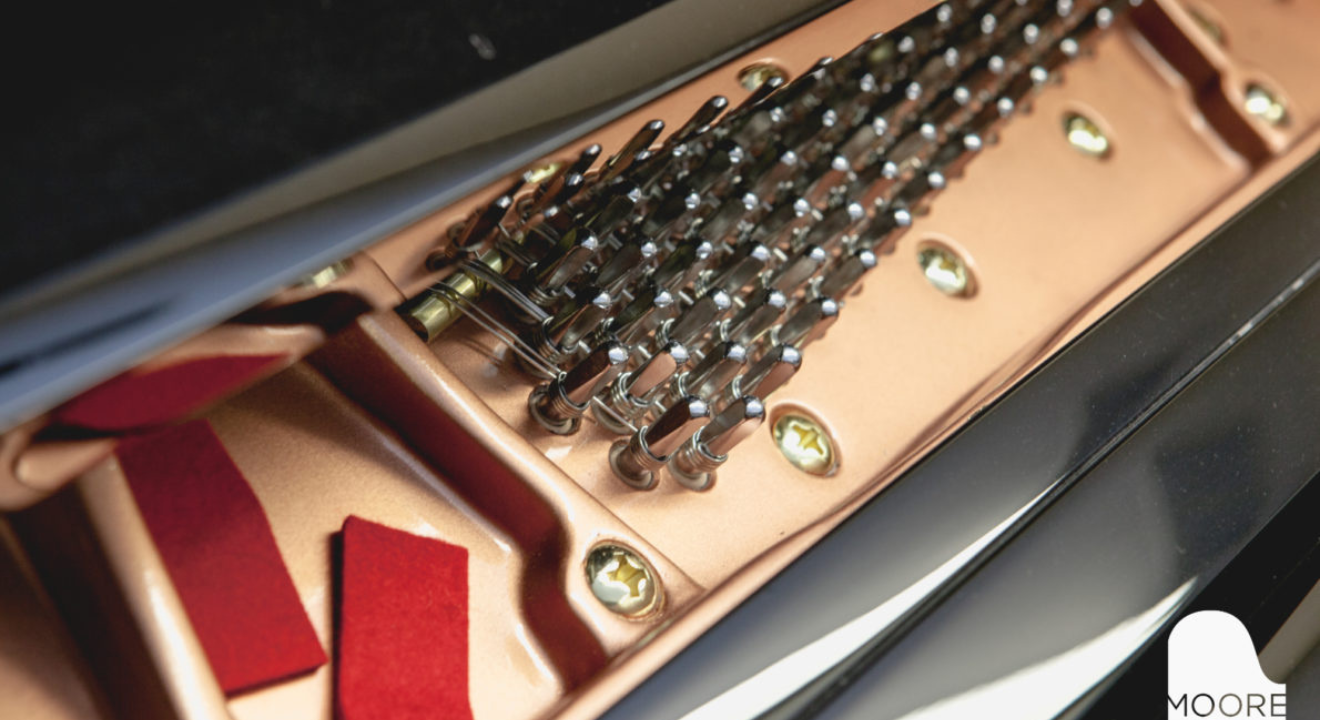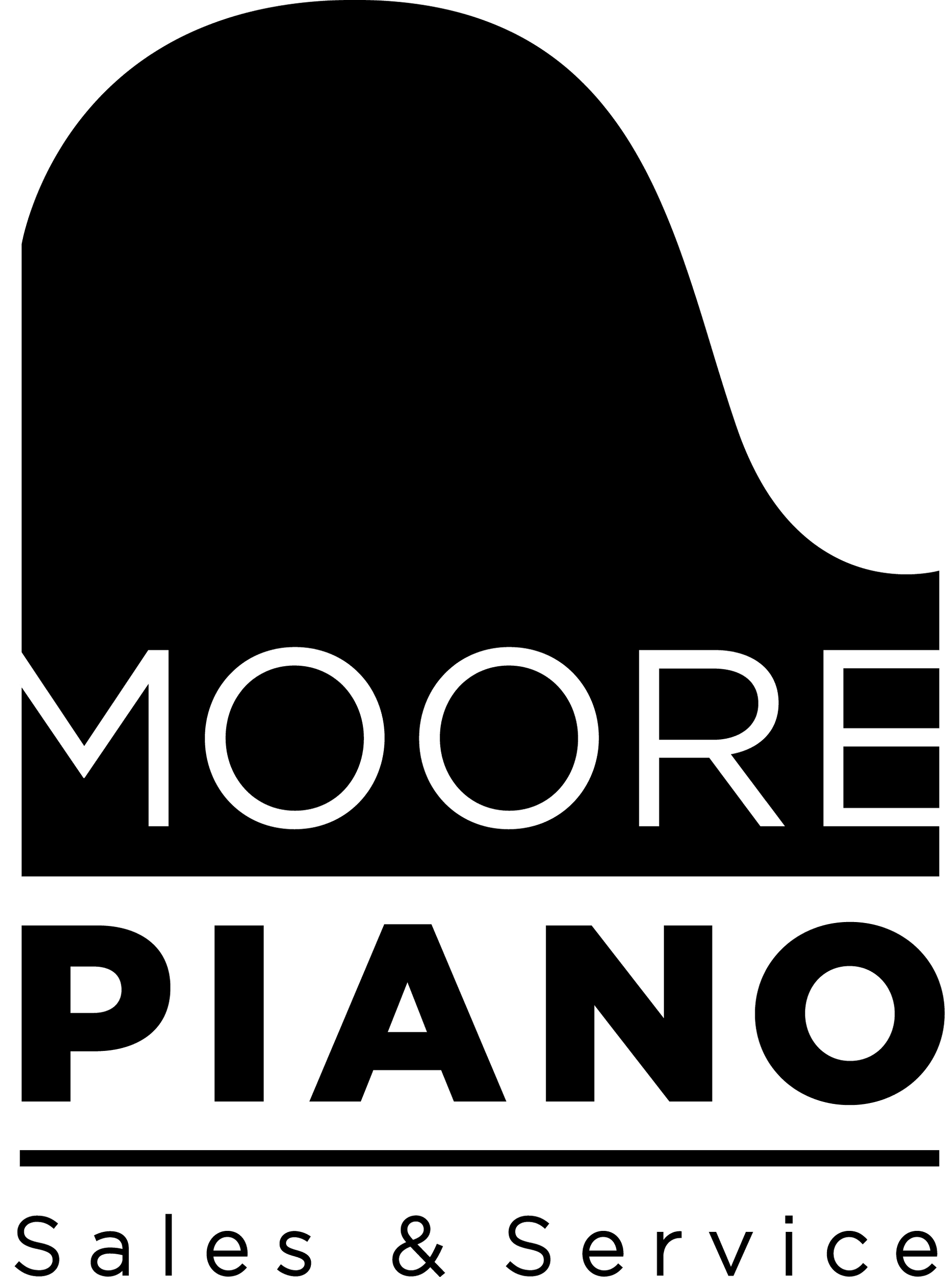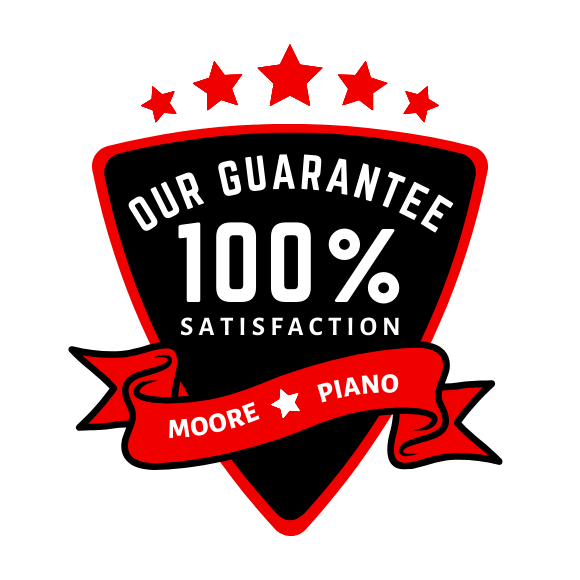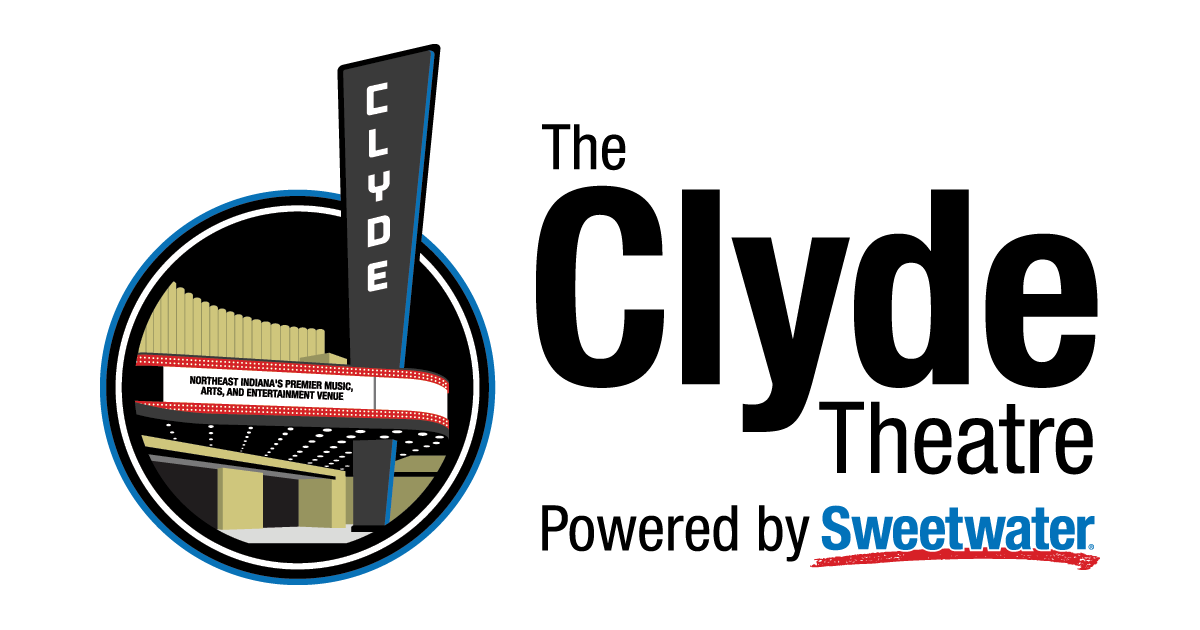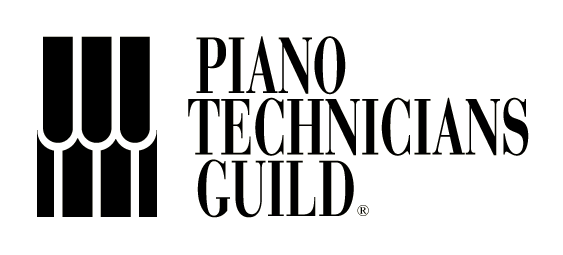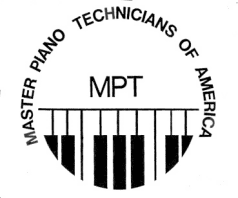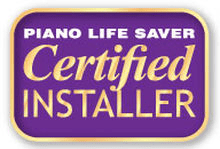How Humidity Control Devices for Pianos Work
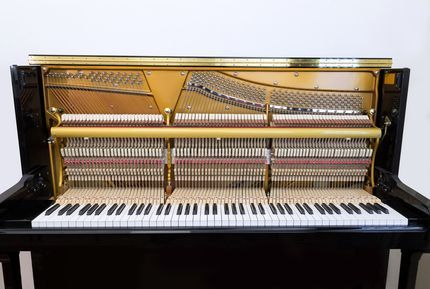
Humidity can do irreparable damage to a piano. Because a grand piano has more individual parts than a car , the majority of which are wood, along with felt and metal, monitoring the humidity inside a piano is crucial to maintaining it in playable order. All of these materials are adversely affected by humidity that is either too high, too low, or that fluctuates. Many piano manufacturers describe this as “abusive” in the wording of their warranties .
The wood in your piano absorbs moisture when the humidity is high, and swells. When the humidity is low, the piano releases moisture and shrinks. This constant expanding-and-contracting cycle damages the wood. The joints holding the piano together can eventually become unglued and fail, and components can crack.
The piano’s pitch will be adversely affected by the fluctuating humidity, and a technician will need to correct the pitch before tuning the piano, passing the cost on to you. A piano’s felt hammers are made of wool that will also swell and shrink, negatively impacting the tone of your piano, and the piano’s steel strings will eventually rust if they are subject to too much moisture.
The Optimal Environment for Piano Longevity
A stable relative humidity of 45% and a temperature of 70 degrees Fahrenheit are the optimal ambient conditions for a piano’s longevity. Depending on where in the United States you live and what the typical climate is, maintaining this can be challenging.
How Humidity Control Devices for Pianos Work
The easiest way to maintain a stable relative humidity in a piano is with a humidity control device. The device that Moore Piano recommends and installs for our clients is the Piano Life Saver System.
The Piano Life Saver System is a humidity control device that continuously monitors the amount of humidity inside the piano, and responds accordingly. When the electric humidistat registers humidity that is too low, it activates the humidifier. When the humidistat registers humidity that is too high, it activates the dehumidifier.
Features
The Piano Life Saver System is available in two different models, the Grand System , which is installed on the underside of the piano, and the Upright System , which is installed inside the piano. Both systems have the same 5 components:
- the humidistat
- the humidifier
- the dehumidifier
- a watering tube, which you fill when the yellow indicator light is lit
- a 3-light LED panel, which can be installed discreetly
The panel features a green POWER light to let you know that the system is receiving power, and a yellow WATER light to indicate when the humidifier needs more water. If you purchase a system with the optional Smart Bracket on the humidifier tank, the red PADS light will blink when the pads are no longer wicking water, indicating that they should be replaced.
Comparison with Portable Room Equipment
Unlike portable room equipment used to achieve the desired humidity level in a room, the Piano Life Saver System automatically monitors the humidity level inside the piano efficiently, silently, and discreetly.
Both systems use less electricity than the average piece of similar equipment, which uses approximately 5.280 kWh of electricity in a 24-hour period. By contrast, the Grand System only uses 0.864 kWh of electricity in that same timeframe, and the Upright System uses only 0.564 kWh.
You’ll only need to fill the water reservoir an average of two times per month, rather than daily, as you would with portable room equipment. In cold weather, humidifiers can cause mold growth and structural damage by forcing moisture into the walls of homes. The Piano Life Saver System will not do this.
About the Dampp-Chaser Corporation
The Piano Life Saver System is manufactured by the Dampp-Chaser Corporation, which for the past 71 years has has been manufacturing products that provide humidity control for small, enclosed spaces , from the smallest closet to the biggest grand piano.
Headquartered in Hendersonville, NC, Dammp-Chaser’s products are used around the country and around the world. The company values its shareholders, employees, clients, the communities in which it does business, and pledges to bring to market the highest quality products possible while modeling the honesty, embracing creativity, and valuing diversity.
The post How Humidity Control Devices for Pianos Work appeared first on Moore Piano.
The Unmatched Piano Blog
